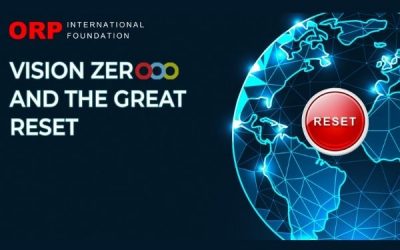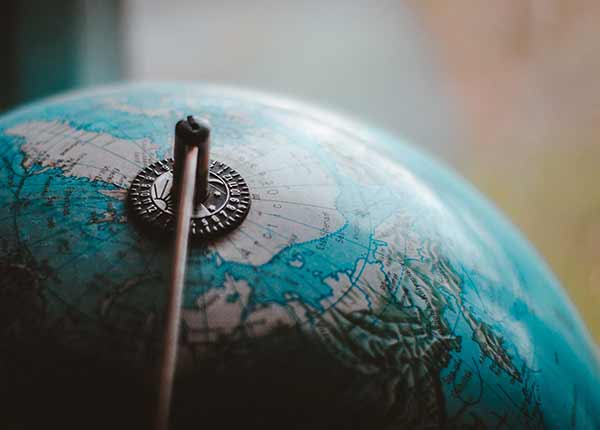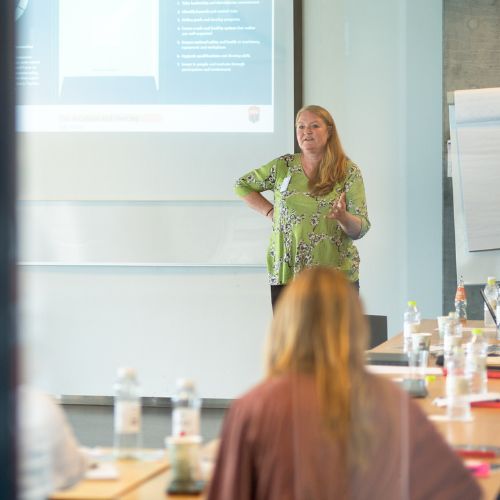
The Scandinavian pioneers within wellbeing has found their way to Japan
It is commonly known that Scandinavians are among the happiest people in the world. That spot on the world’s ranking has caught the interest of other countries. Even from the very furthest corners of the world: Japanese Dr. Toshihiro Fujita explains the potential synergy of Vision Zero mindset, Scandinavian wellbeing activities, and Japanese anzen-anshin conept.
Work-life-balance. Wellbeing and now anzen-anshin. It goes by many names and comes in many shapes. In the end, however, it comes down to ensuring the best conditions for people. Conditions that help us being happy in all aspects of life – both at work but also when we pull the plug, turn off the computer, or take off our work wear and return home. Wellbeing has been on the agenda at most Scandinavian organisations for years.
In the Nordic countries wellbeing has been understood to be an important part of work at quite an early stage. However, wellbeing is still considered a concept that can be difficult to work with in a concrete and structured way. But it doesn’t have to be.
New Vision Zero Wellbeing Guide makes wellbeing more tangible
Human House is the proud co-author of the first official, global Vision Zero Guide on mental wellbeing: How to create a healthy work environment and promote wellbeing at work with Vision Zero.
“Risks arising from unhealthy psychosocial working conditions can be systematically managed like any other type of risk. The Vision Zero mindset offers a systematic approach to reach a higher prevention-level on wellbeing at workplaces. This guide has an in-depth theory section from some of the leading global OSH-researchers. This is followed by a section with easy-to-use tools and models based on best practices from Danish international companies on how to apply the Vision Zero 7 Golden Rules and Proactive Leading Indicators on wellbeing,” says Pernille Thau, who is one of the main authors of the practical part of the guide.
The Guide at work
The guide is developed and designed to help companies understand and improve their prevention level in relation to wellbeing. And at this very moment the Japanese organisation The Institute for Global Safety Promotion (IGSAP) is considering how they can integrate the many practical tools and models from the guide. IGSAP counts over 30 member companies, including Toyota, Omron, Shimizu Corporation, Panasonic, Olympus, Hitachi, Mitsubishi Electric, JGC, Daifuku, Kajima, and IDEC, as well as over 1,200 individual members throughout Japan. Human House is currently working on a Japanese-language “Vision Zero well-being engagement survey tool” in corporation with IDEC, which was the first Japanese company to join the ISSA’s Vision Zero Global Campaign.
“Regarding wellbeing at work, Japan has long been committed to secure anzen-anshin (to be and to feel safe) at workplaces, which would best correspond to the concept of wellbeing. Being anzen (being safe) and anshin (feeling safe). It has traditionally been promoted by workers themselves in a bottom-up style, but after the launch of the Vision Zero campaign by ISSA in 2017, the Japanese business world started to recognize the importance of top management taking strong initiatives to promote wellbeing among workers,” Dr. Toshihiro Fujita, IGSAP director and IDEC’s CTO explains:
“In Japan, many corporations are now trying to enhance workers’ well-being by introducing technologies, i.e., Well-being Technologies.”
And this is exactly what Human House and Pernille Thau are working on at this very moment.
“IGSAP and Human House are collaborating on developing a survey to assess IDEC managers and employees’ perception on the current prevention level on wellbeing in the company. The prevention level will be assessed according to the Vision Zero Enterprise Maturity Scale Model on Wellbeing presented in the guide,” Pernille Thau says.


